What is Chinese Massage Therapy?
In terms of massage therapy techniques, the Chinese have historically been ahead of their time by applying age-old methodology to the human body. Massage – known in Chinese as ‘an mo’ or ‘tui na’ – has been proven itself to be tremendously effective and, as such, has been universally practiced by doctors all over the world. Throughout history, Chinese physiotherapists have believed that the human body acts as a passage way for vital energy, i.e. blood, organs and joints, to flow. Chinese massage therapy aims to regulate the flow through the use of outside forces (hand movements) to help circulate injured areas and improve organ function in order to maintain health. This physical power can be felt throughout the body depending on the strength and direction of your hand.
History of Chinese Massage Therapy
Interestingly enough, the idea of massage therapy can be dated all the way back to the early Shang Dynasty (16th-11th centuries BC). Based off ancient bones and tortoise shells found from this era, Archeologists have been able to study scriptures which were inscribed with references to massage treatment. Not only that, but during the excavation of the Ma Wang Due tomb (circa 168 BC), various medical scriptures written on silk scrolls and bamboo strips were uncovered. These scriptures provide detailed prescriptions on how massaging topical agents, specifically charred human hair, into the skin could have lasting positive effects for the human body. Other archaic solutions included massaging the sacrum while applying tuning moxa leaves to points on the back to help treat anuria symptoms. As you might have guessed, most of these “medical solutions” are no longer used in current massage therapy practices.
Techniques of Chinese Massage Therapy
Compression
By applying actions such as pressing, nipping, stepping or twisting to the limbs, you can usually alleviate muscle spasms and tension. This particular technique can help with removing blockages and provide better circulation depending on where you apply pressure. You’ll want to use mainly your hands and fingers for the compression method, although lightly applying pressure via your elbow or knee can also work. Another source of added pressure can come from Naipo’s Neck and Back Massager Pillow, which can help both twist and nip sore muscles.
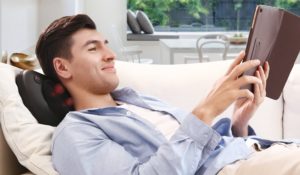
Swing
This approach uses mainly rubbing, gliding, pushing and wiping to create heat on body’s skin which can also help circulation. The fingers are primarily used for this technique and you want to apply gentle pressure in a rhythmic-like motion. If applied correctly, you can relieve abdominal pressure and aid in stimulating larger areas like the chest, back and limbs. Another form of heat is readily available with Naipo’s Electric Heated Foot Massager, which can be used not just for feet, but other areas for added tension relief.
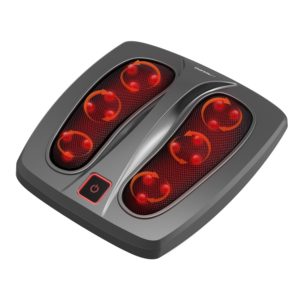
Related: Untold Secrets of Chinese Foot Massage Reflexology
Pinching and Grasping
Like it says, you want to use a pinching type technique that squeezes the soft tissue of the body. By twisting, kneading and grasping your subject, you can begin to ease the regions that anchor ligaments and tendons. Some more tender areas include the neck, shoulders and fingers which can hold lots of tension and stress. If you’re looking for instant relief, you can always try Naipo’s Handheld Percussion Massager to knead and grasp the problematic areas of your body.
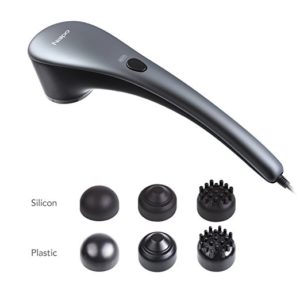
For the most part, the ancient ways of Chinese massage can be quite fast, but effective. It’s also somewhat painful depending on what techniques you utilize. However, the results are always conclusive and you’ll undoubtedly begin to feel the affects soon after. It all stems from the pressure you apply and where you choose to focus your efforts. For those attempting to try the above techniques for the first time, make sure you thoroughly understand the movements before implementing. You can easily make matters worse if you don’t know what you’re doing. But, with practice and determination, you can master the time-honored tradition of Chinese massage.
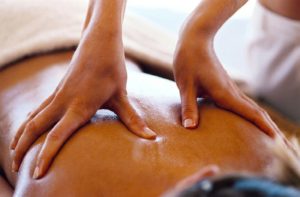
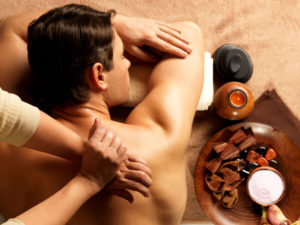
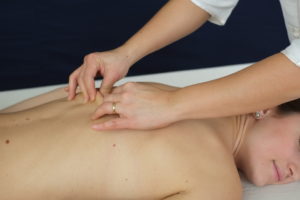
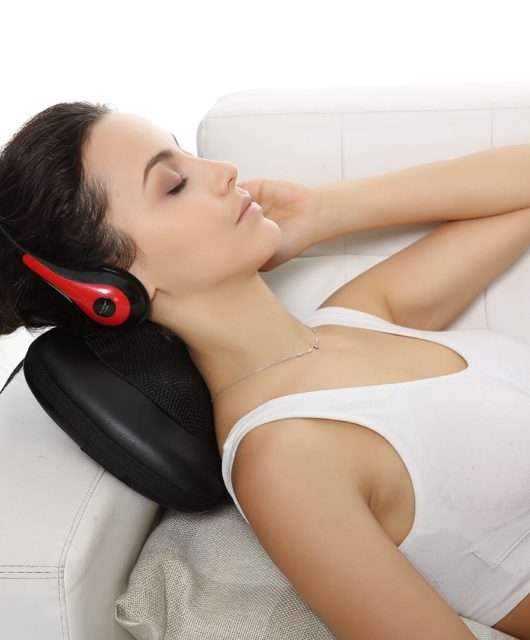
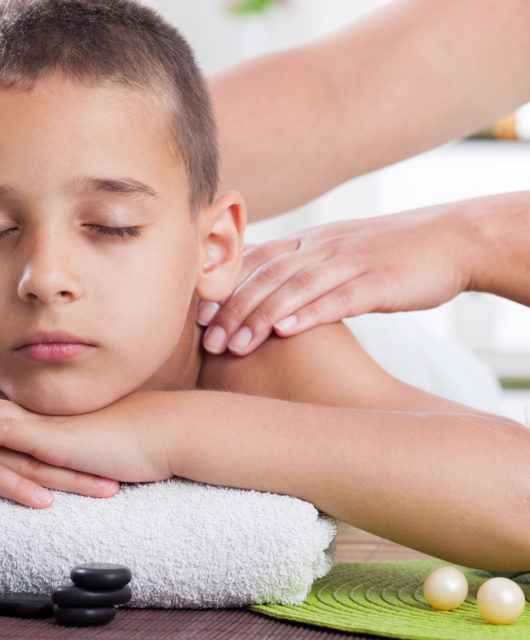
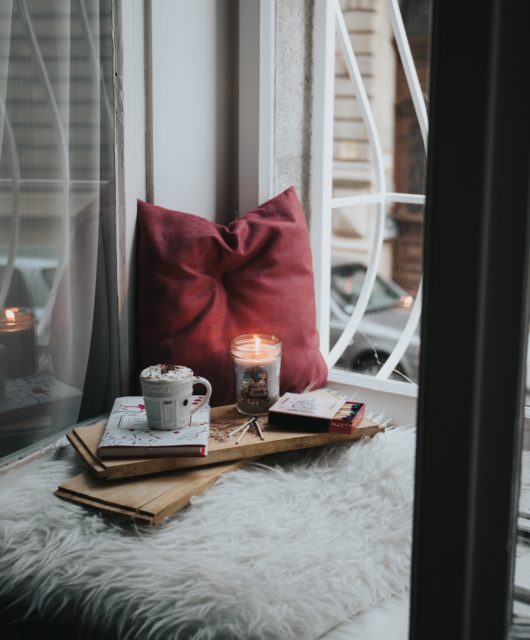
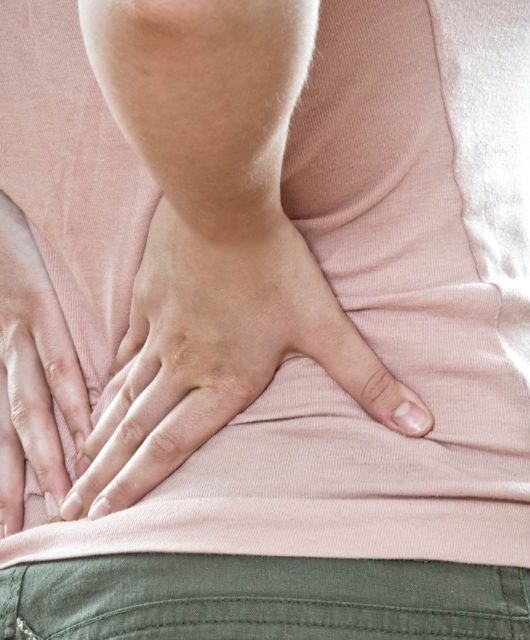
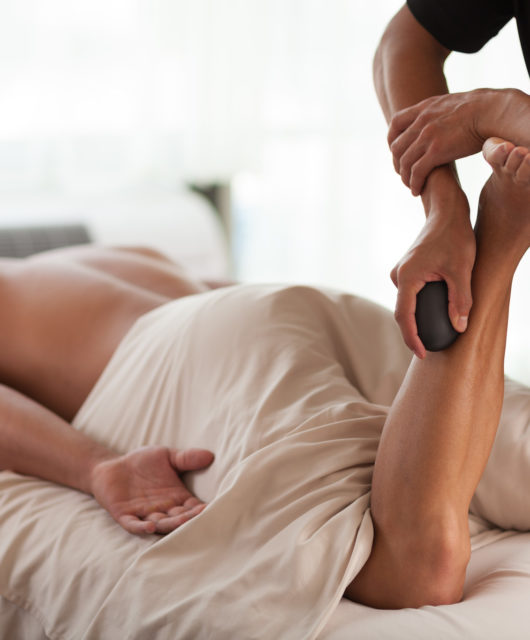

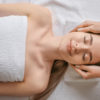


1 comment
Yes love massages! I believe the Chinese invented them! Nothing better than having a regular massage to combat stress and pain! ❤